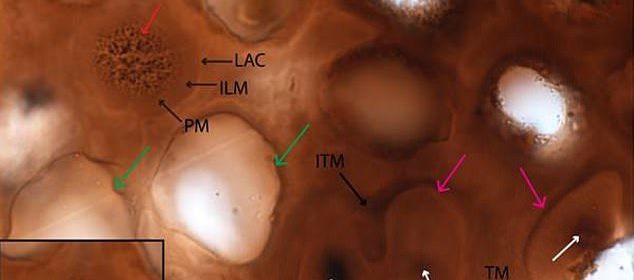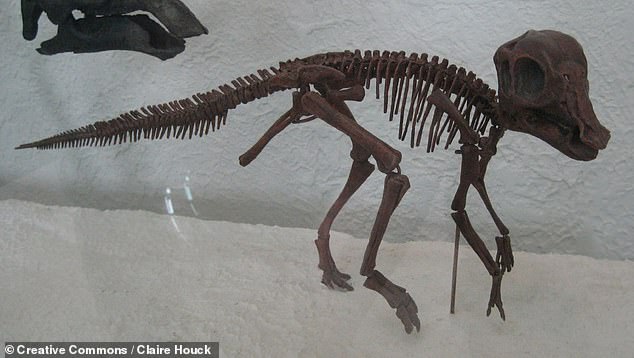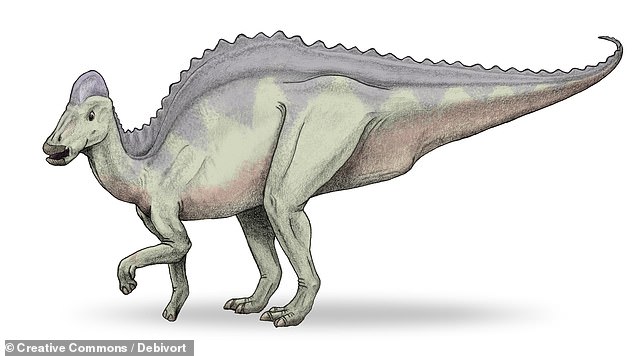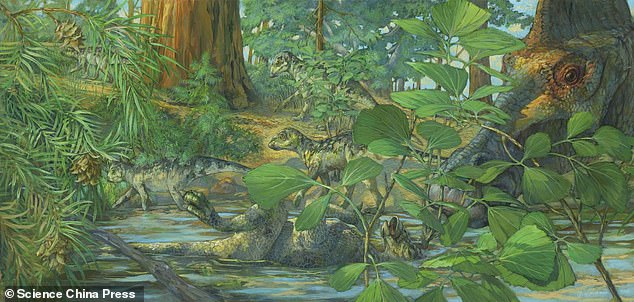Dinosaur DNA Found Remarkably Preserved in 75 Million-Year-Old Fossil

Dinosaur DNA Found Remarkably Preserved in 75 Million-Year-Old Fossil
Cartilage cells, chromosomes and DNA were found preserved in the baby duck-billed dinosaur 75 million-year-old fossils, according to a study.
Skull fragments of young, nest-bound Hypacrosaurus specimens unarthed in Montana’s US from the ‘ Two Medicine Formation ‘ were analyzed by researchers.
These organic material should not historically remain intact for so long — it is expected that DNA will only remain intact within 1 million years.
But if the findings are correct organic material appears to be able to survive much longer than previously expected.


‘ These exciting new results add to the increasing evidence that cells and some of their biomolecules will proceed into the deepest time, ‘ said Chinese Academy of Science author and palaeontologist Alida Bailleul.
‘They suggest DNA can preserve for tens of millions of years.
‘We hope that this study will encourage scientists working on ancient DNA to push current limits and to use new methodology in order to reveal all the unknown molecular secrets that ancient tissues have.’
In their study, Dr Bailleul and colleagues studied fossilised skull fragments of the young Hypacrosaurus under the microscope — finding exquisitely preserved cells within calcified cartilage tissues.
Two of the cartilage cells were still linked by an inter-cellular bridge — just as would be seen near the end of the process of cell division — while elsewhere cell nuclei could be seen as a dark material in the specimens.
One cartilage cell even held preserved dark elongated structures that the researchers believe may be chromosomes.
‘I couldn’t believe it, my heart almost stopped beating,’ Dr Bailleul said.



Having made this remarkable discovery, the researchers next set out to see if original molecules might also be preserved in the dinosaur cartilage — using another specimen from the same dinosaur nesting ground.
The team found that the organic material surrounding the cells reacted to antibodies of so-called Collagen II, the dominant protein in the cartilage of vertebrates.
‘This immunological test supports the presence of remnants of original cartilaginous proteins in this dinosaur,’ said paper author and palaeontologist Mary Schweitzer of the North Carolina State University.


Another test suggested that the fossils may also even contain some original fragments of dinosaur DNA.
These findings fly against conventional scientific understanding, which maintains — based on modelling and experimentation — that DNA likely cannot last for a million years, let alone tens of millions of years.